Food Photo Cliché Examples for Marketers (and How to Avoid Them)
Food photography is probably one of the commonly used types of visual content. We’re here to fill you in on how the look of food photos has changed over the past few years and what kind of images will make your content up to date.

The lockdown has affected the interest in health and nutrition. Staying home with their families, people found out that cooking is a great opportunity to spend time together and feel less stressed. At the same time, food images have become more popular as well.
According to the Everypixel stock image search engine statistic, the number of search queries related to food increased by 1.5x in 2020 compared to 2019. Keep reading to find out what kind of images have become outdated nowadays, and what you should know when picking them up on stock websites.
3 Things to Forget About When Using Food Photography
1. White background shots (if only we are not talking about product photography for ecommerce or other types of images that require background removal). These images don't have any context. They cannot translate the mood or elicit emotions. The chances are high that a lifeless white background will turn your message into a visual ‘white noise’. There is nothing to catch the viewer's eye — they hardly stop scrolling their feed down and start to explore.
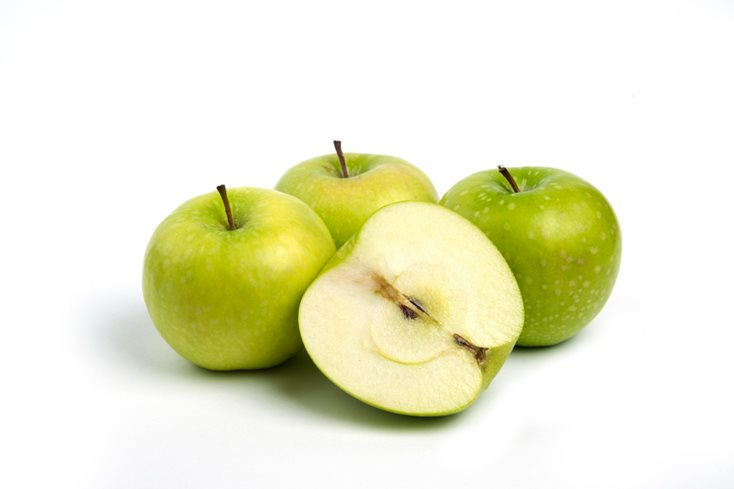
Image source
2. Ungenuine people and over-edited objects. A model is not a showpiece when we’re talking about food photography, the food is. In some cases, people can spoil a shot with fake emotions. Entire groups of stock photography become a meme thanks to facial expressions. Guess what we’re talking about? It’s a ‘woman laughing alone with salad’. It is probably one of the most trivial concepts, the junk food of stock photography.
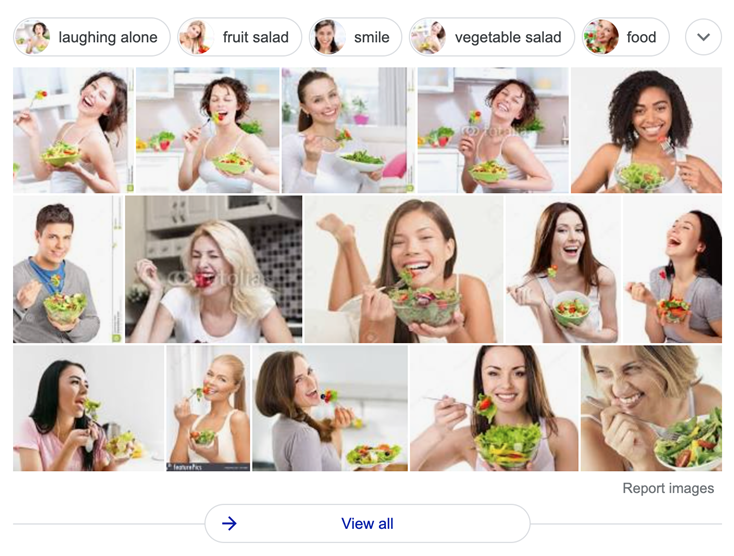
However, people aren’t the only ones to be authentic in a photo, objects matter too. Attempting to shoot bright and vivid food photography (which is a trending topic!), some photographers overmanipulate the contrast, and the food looks artificial.
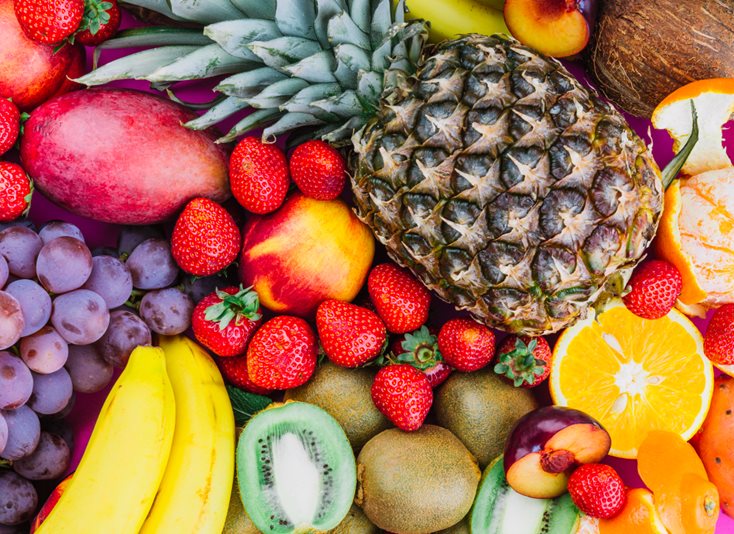
Image source
2. Plastic items. Plastic stuff such as straws, coffee cups, and lids is something that gives outdated photos away. A lot of countries have abandoned using plastic materials. Plenty of mindful consumers are used to bring their own cups to a coffee shop around the corner. That’s why it’s crucial to explore tendencies in places where you work, to make your target audience sure you see them, know their needs and pains. You need to walk in their shoes — it helps you to avoid an awkward situation.

Image source
3 Things to Remember When Using Food Photography
1. Organic materials and textures. Conventional food photos against a white background faded into oblivion. Plastic items were replaced with eco-friendly recyclable materials, including wood, clay, stone, and bamboo. There are numerous textured surfaces such as linen, kraft paper, cardboard, burlap fabric, etc.
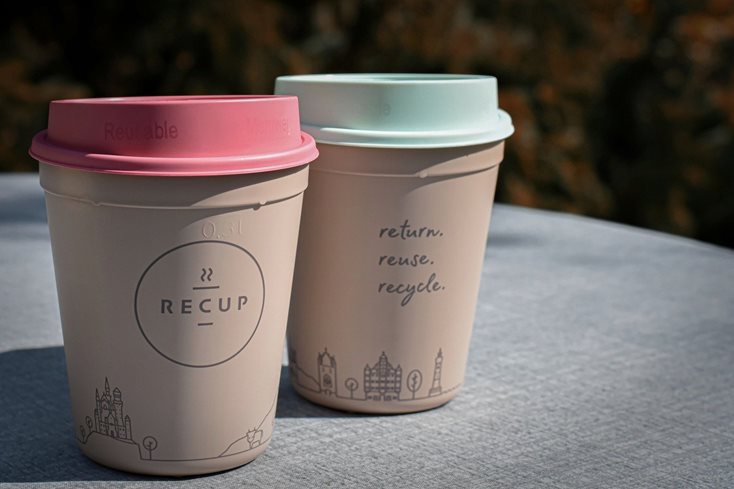
Image source
However, we do not recommend you throw white background photos away. They still may be relevant for e-shop catalogs. Look at the example below. It shows objects on a white background, but due to the light, shadows, and textures, the image looks lifelike.
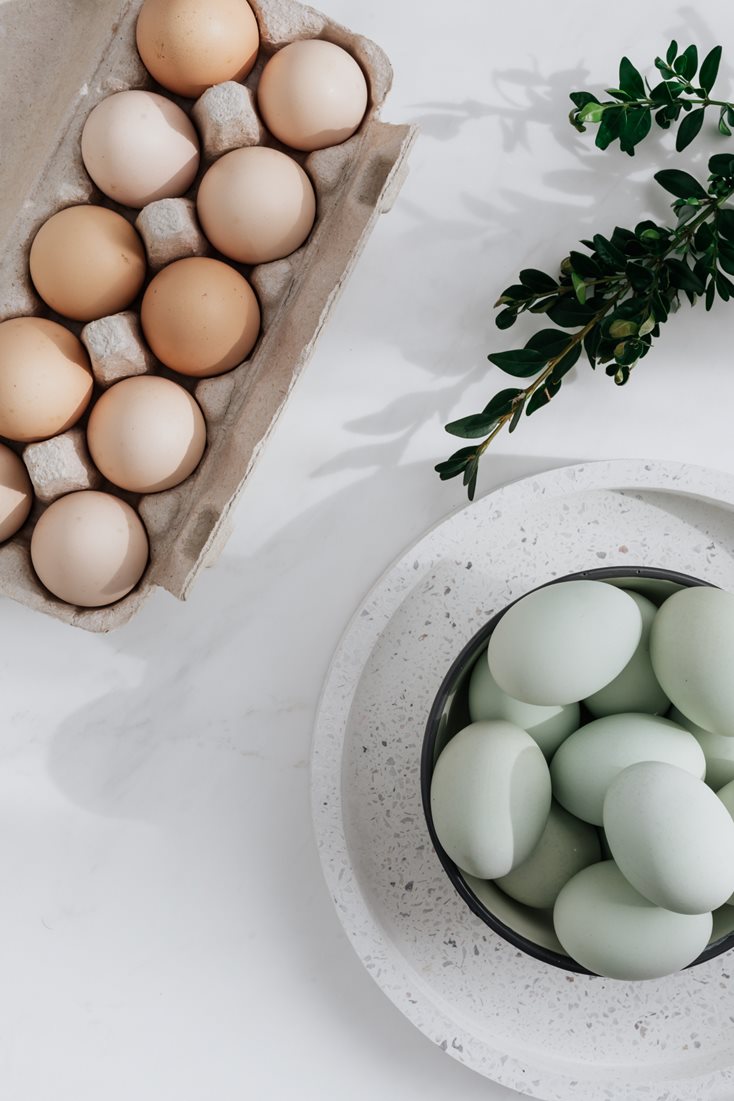
Image source
2. Soft and tender colors. Explicitly or not, the lockdown affected the way we depict and perceive food and cooking. A dozen people have reopened their kitchen spaces and taken up cooking – especially baking bread.
It has become a way to struggle with stress, regain a sense of calm and control in tough times. But the rising tide of naturalness and genuineness was recognized a long time ago, before the pandemic — and it is rising further and altering visual styles and color schemes as well.
Today neutral hues look more appealing in images, and food photography is not an exception. As stated in the research on stock photography color trends, the most popular food images have black, grey, beige, and brown tones as dominating colors.
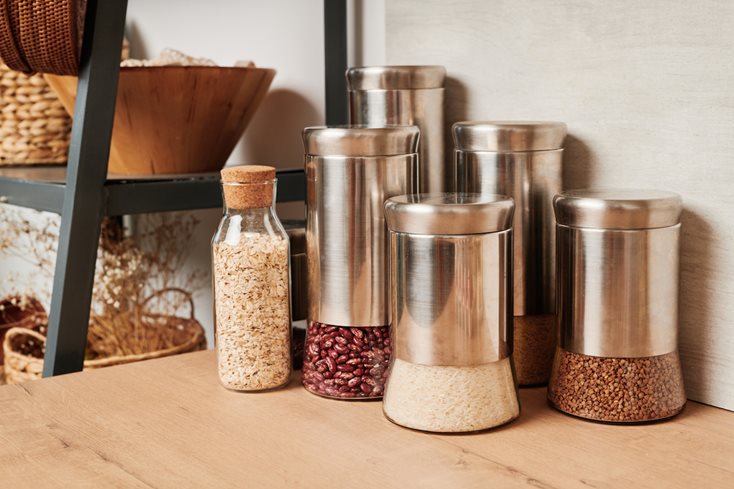
2. Cooking as a lifestyle. There are a lot of images of professional chefs at work, the way they cook is accurate and confident. Such images may easily serve as a guide and depict a set of instructions on how to cook.
Today, instead of taking perfect shots of the professional cooking process, photographers focus on portraying a matter of food as a lifestyle or a mindset. Food is not just a process anymore. It is an act of communication. It is something that makes you feel pleased to interact with close friends and family. Perfection is not an option here.
These images look organic with a modest kitchen design and a little mess out there.
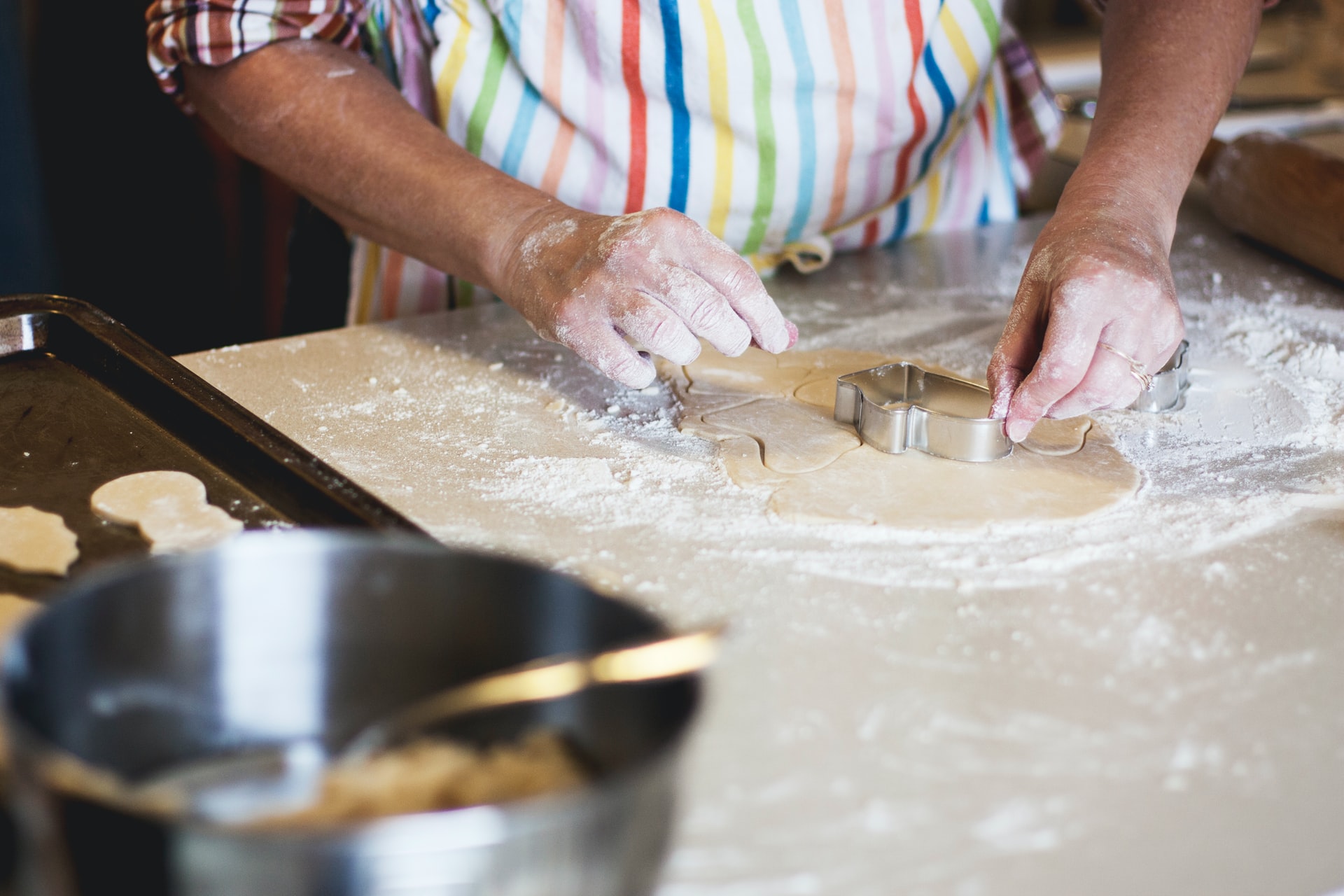.jpg?width=734&height=489)
Image source